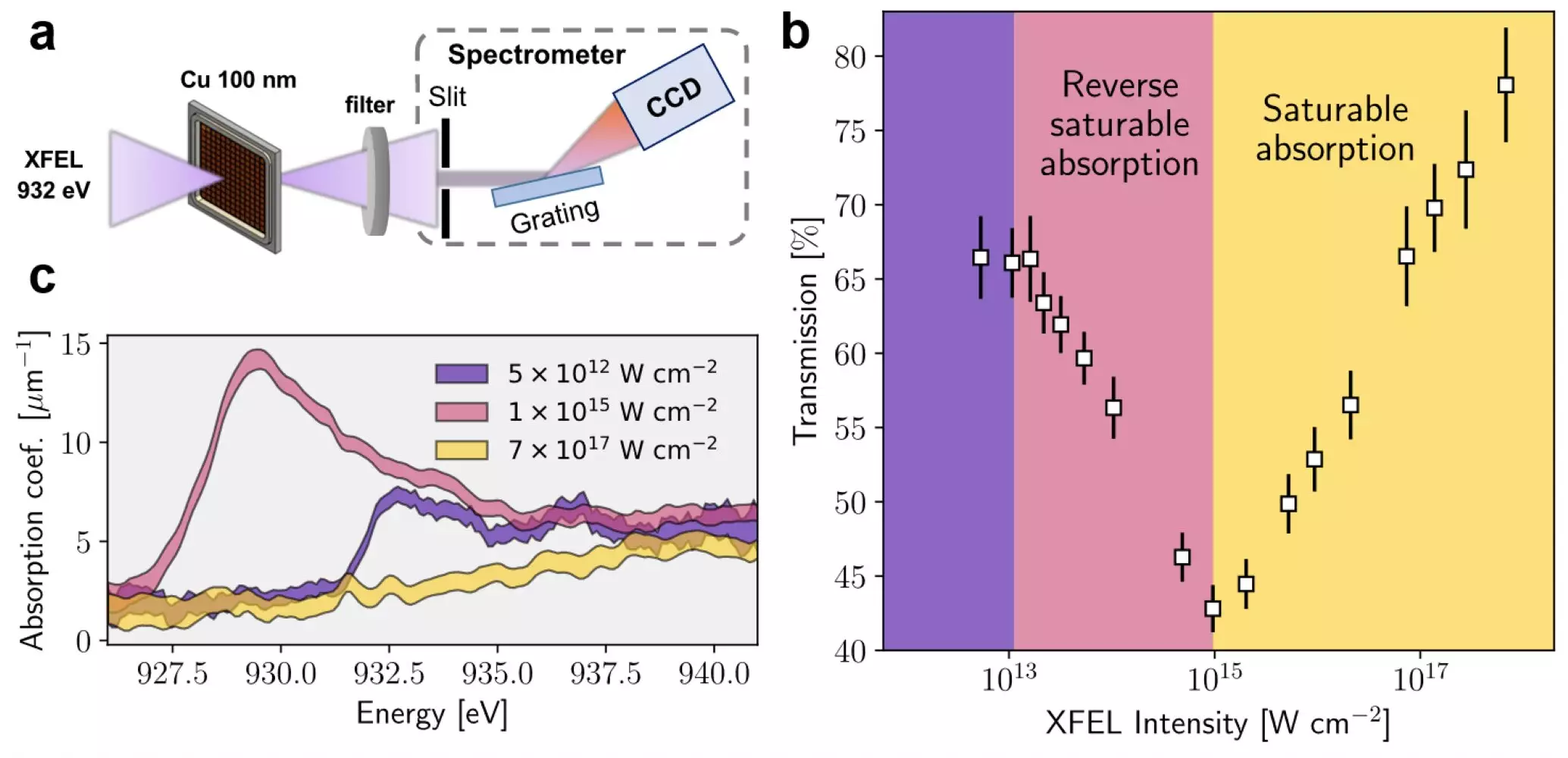In the depths of planets or within the confines of an inertial fusion reactor, extreme states of matter exist that challenge our understanding of physics. European XFEL, with its powerful X-ray laser, has provided researchers with a unique opportunity to explore these exotic environments and shed light on the mysteries of warm dense matter (WDM). This groundbreaking research published in Nature Physics represents a significant leap forward in our quest to comprehend and characterize this elusive state of matter.
Exploring Warm Dense Matter
Warm dense matter (WDM) occupies a unique space in the realm of materials science. It defies conventional classification, as it is too hot for condensed matter physics yet too dense for weakly coupled plasmas. This state of matter typically exists within a temperature range of 5,000 to 100,000 Kelvin at pressures reaching several hundred thousand bar. Generating and studying WDM in the laboratory presents a formidable challenge due to its transient and unstable nature.
European XFEL’s intense X-ray pulses have proven to be invaluable for creating and analyzing warm dense matter. By irradiating a copper foil with focused X-ray pulses, researchers were able to induce a transition to the WDM state. This transformation resulted in drastic changes in the material’s light transmission, showcasing the dynamic nature of WDM under extreme conditions.
Opacity in Warm Dense Matter
One of the key phenomena observed in the European XFEL experiments is the rapid alteration of opacity in the copper foil. At low to moderate X-ray intensities, the material becomes increasingly opaque, exhibiting reverse saturable absorption (RSA). However, at higher intensities, absorption saturates, leading to transparency. These rapid changes in opacity highlight the unique nature of warm dense matter, where the lattice remains cold while some electrons are in a hot, non-equilibrium state.
Implications for Fusion Energy
Understanding material opacity under extreme conditions is crucial for advancing inertial confinement fusion, a process that holds immense potential for clean and abundant energy generation. By manipulating the opacity of the material, researchers can control the absorption and transmission of radiation energy, critical for achieving efficient fusion reactions. The insights gained from studying warm dense matter at European XFEL pave the way for enhanced fusion research and development.
As technology advances, the need for shorter X-ray pulses becomes apparent to fully capture the dynamics of warm dense matter. The capability of European XFEL to generate attosecond pulses opens up new avenues for studying electron dynamics during the formation of WDM or chemical reactions. The future of physics research, as exemplified by recent Nobel Prizes in Physics, lies in unraveling the complexities of ultra-fast processes at the atomic level.
The experiments at European XFEL offer a glimpse into the fascinating world of warm dense matter, providing scientists with the tools to probe the complexities of extreme states of matter and their implications for fusion energy and beyond. The journey to unlock the secrets of WDM continues, fueled by curiosity and driven by the quest for scientific discovery.


Leave a Reply